Prepare for UI/UX Design Job Interview with These Sample Questions & Answers
The demand for UI/UX designers in India has been on the rise in recent years, and it is expected to continue to grow in the coming years. With the increasing adoption of digital technologies in various sectors such as e-commerce, finance, healthcare, education, and entertainment, the need for user-centric design solutions has become more critical than ever.
According to recent reports, the Indian design industry is estimated to be worth around $1 billion, and it is projected to grow at a rate of 20% annually. The demand for UI/UX designers is driven by both domestic and international clients looking to enhance their digital presence and user experience.
UI/UX designers can work in a variety of industries, including software development, advertising, media, and e-commerce. They are responsible for creating engaging and user-friendly interfaces, ensuring seamless user experience, and optimizing digital products for maximum usability and accessibility.
As per job portals such as Indeed, Naukri, Glassdoor, and LinkedIn, the average salary of a UI/UX designer in India ranges from Rs. 5 Lakh to Rs. 15 Lakh per annum, depending on experience, skill set, and location.
Overall, the UI UX design job market in India is promising, with ample job opportunities, growth potential, and competitive salaries.
To help you prepare for the UI UX Design Job Interview, we have listed below some of the sample questions and answers.
UI/UX Design Job Interview: Sample Question and Answer
Q1. What is your design process?
Answer: My design process begins by understanding the problem and gathering as much information as possible. Then, I sketch out some ideas and create wireframes to test the layout and user flow. From there, I design mockups and refine until I reach the final product.
Q2. How do you stay up-to-date on the latest UI/UX design trends?
Answer: I constantly research and read industry blogs and attend design conferences to stay up-to-date on the latest design trends. Additionally, I am always trying out new design tools and experimenting with different design techniques to keep my skills sharp.
Q3. Can you walk me through a particularly challenging design project you’ve worked on?
Answer: Sure! One of the most challenging projects I worked on involved designing a mobile app for a complex workflow. I had to create a user-friendly interface that made it easy for users to complete the necessary steps, while also streamlining the process as much as possible. It required a lot of testing and iteration, but we eventually achieved a successful outcome.
Q4. How do you approach designing for accessibility?
Answers: I make sure to follow best practices and guidelines, such as WCAG 2.0, to ensure that my designs are accessible to as many people as possible. I also test my designs with assistive technologies to ensure that they are functional and easy to use for users with disabilities.
Q5. How do you incorporate user feedback into your design process?
Answers: User feedback is essential to the design process, and I make sure to gather as much feedback as possible. I incorporate feedback through user testing and surveys and then use that feedback to refine and improve the design.
Q6. How do you balance user needs with business goals?
Answers: It is important to keep both user needs and business goals in mind when designing. I aim to design solutions that meet user needs while also achieving business goals. This often involves balancing trade-offs and making compromises where necessary.
Q7. Can you tell me about a time when you had to compromise on a design decision?
Answers: Yes, I had to compromise on a design decision when working on a project for a client. The client had specific requirements for the design that did not align with my original vision. I worked closely with the client to find a solution that met their requirements while still achieving the overall design goals.
Q8. How do you prioritize features when designing a new product?
Answers: I prioritize features by first understanding the user needs and the business goals. Then, I prioritize features that address the most important user needs and align with the business goals. I also consider the technical constraints and resources available.
Q9. Can you describe a time when you had to work collaboratively with a team?
Answers: Yes, I often work collaboratively with teams. One example was when I worked on a project with a team of developers, project managers, and designers. We had to work closely together to ensure that the project was delivered on time and met the client’s requirements.
Q10. What is the biggest challenge you’ve faced in your design career, and how did you overcome it?
Answers: One of the biggest challenges I faced was designing a product that had a very tight deadline and required a lot of complex features. I overcame this challenge by breaking down the project into smaller, more manageable tasks and working closely with my team to ensure that we stayed on track and delivered the product on time.
Want to make a career in UX/UI? Enroll today for the Dice Academy UX/UI Design Course Today!
You Might Also Like
From Graphic Designer To UX/UI designer — 8 tips
How to Become a UI/UX Designer: A Career Guide
Stay Tuned
Stay up to date with our latest courses.



















.png?width=130&height=53&name=image%2027%20(1).png)
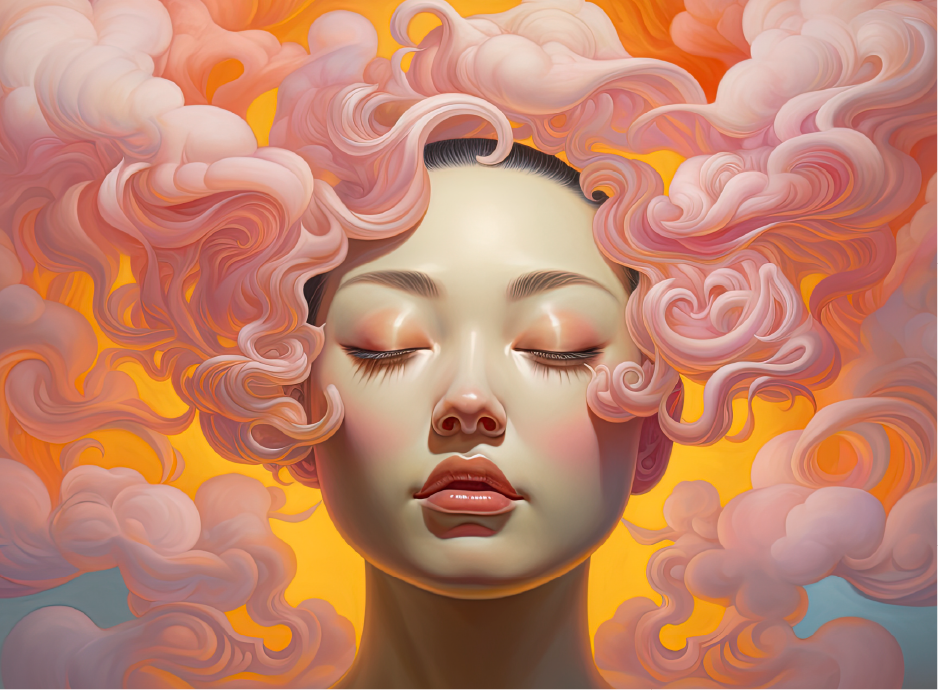
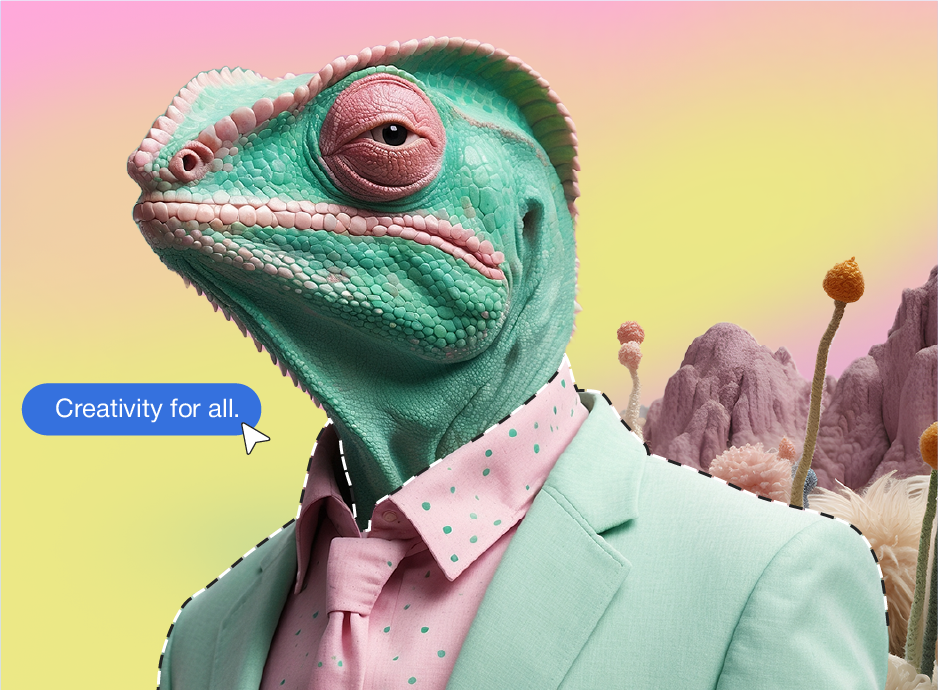
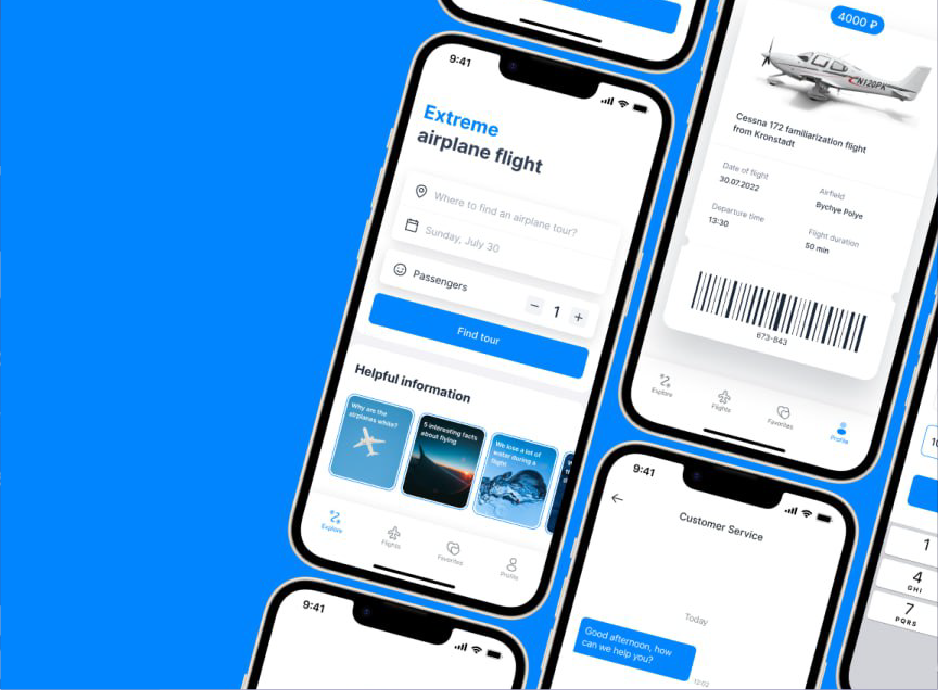


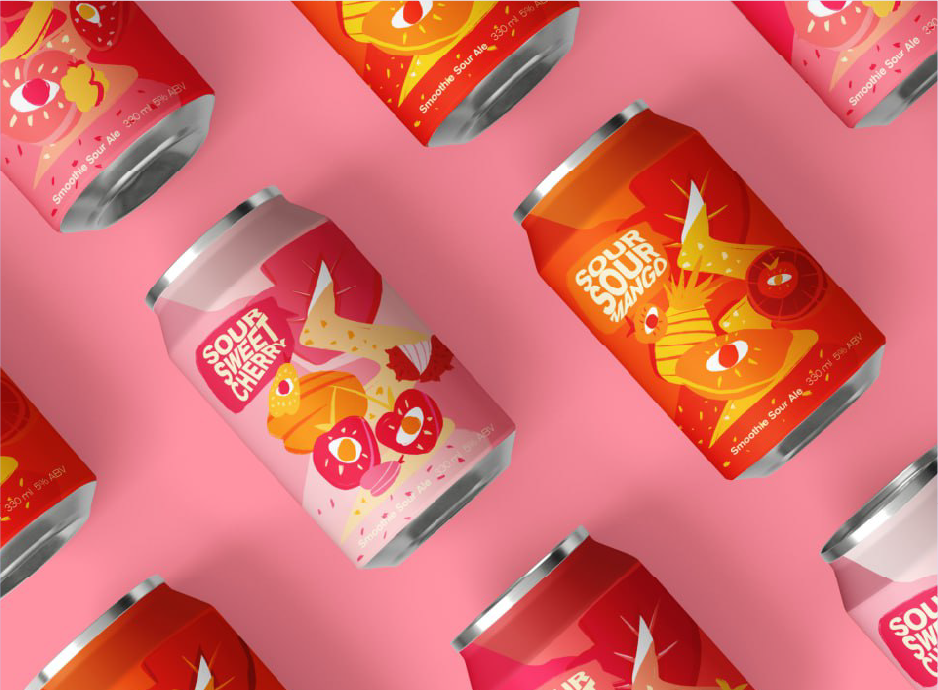
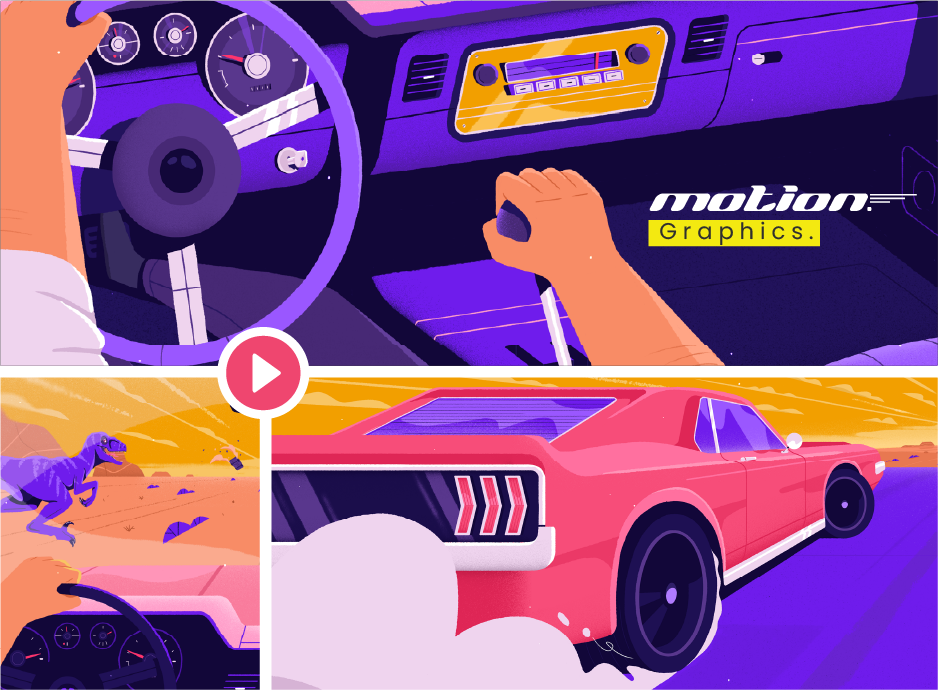
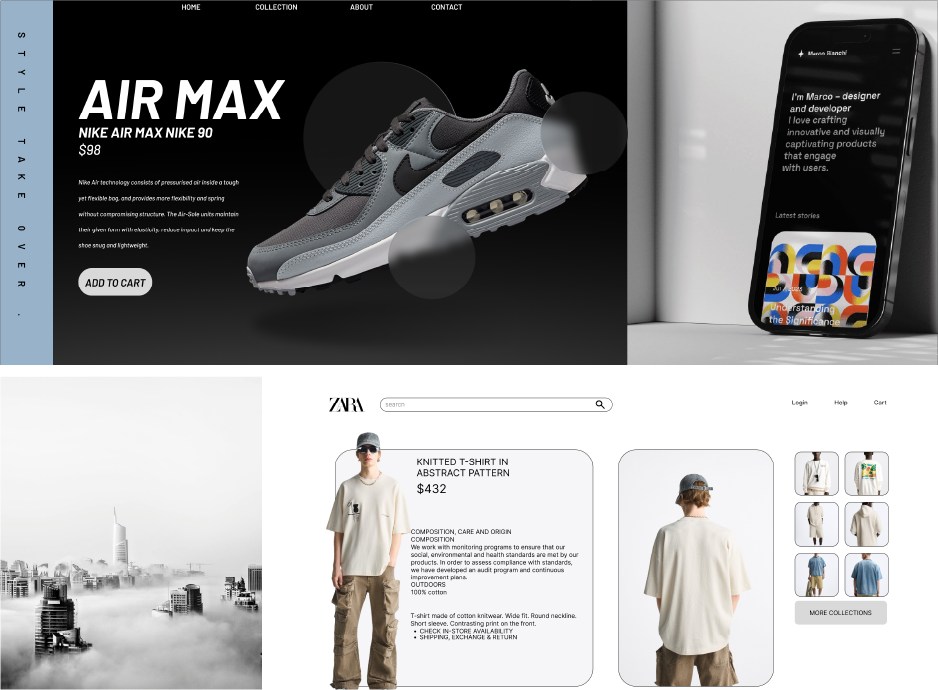


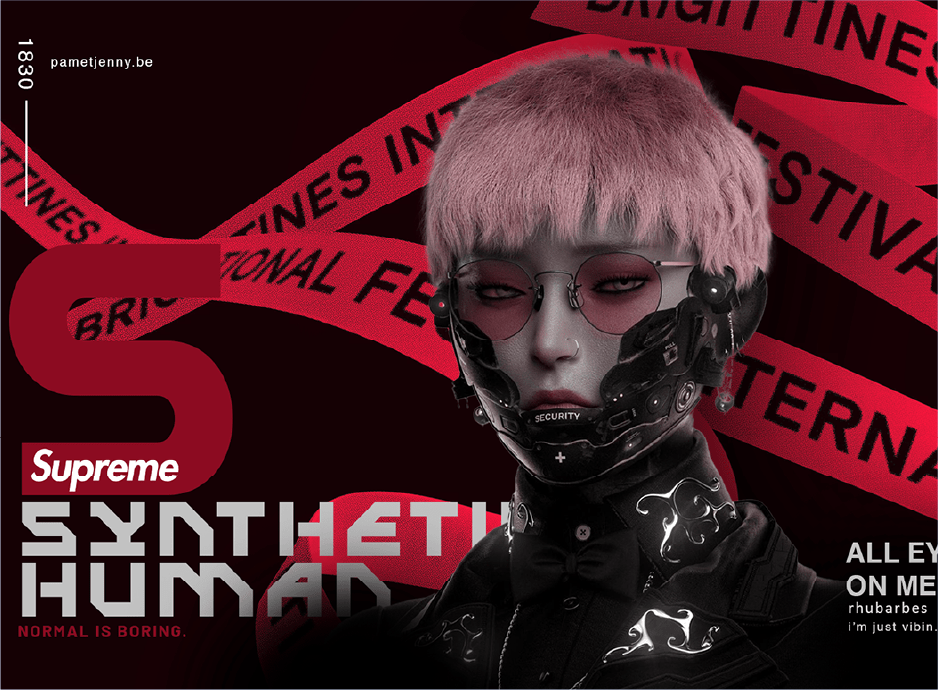
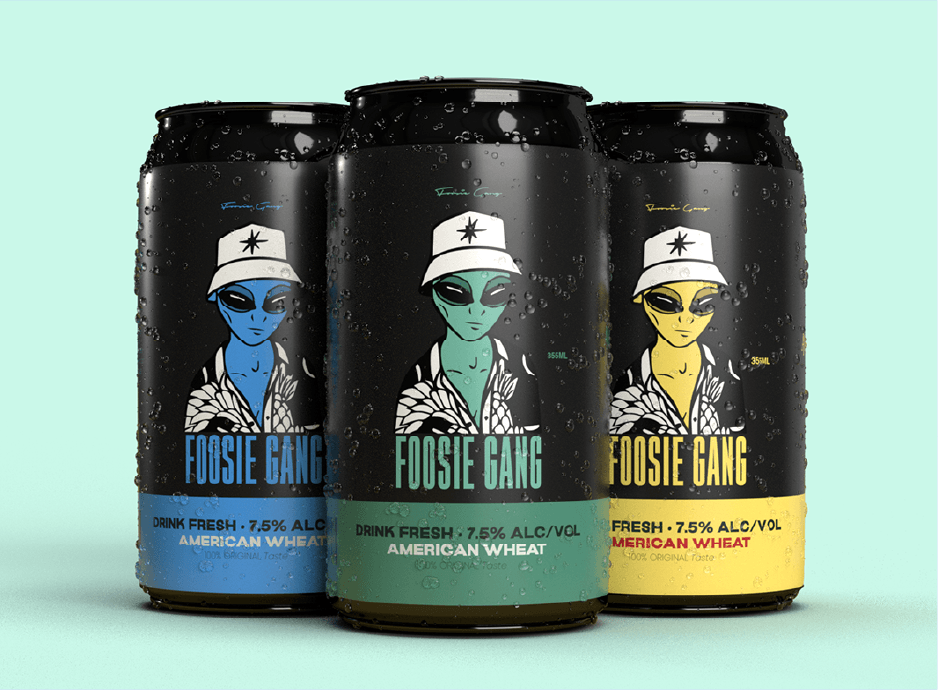

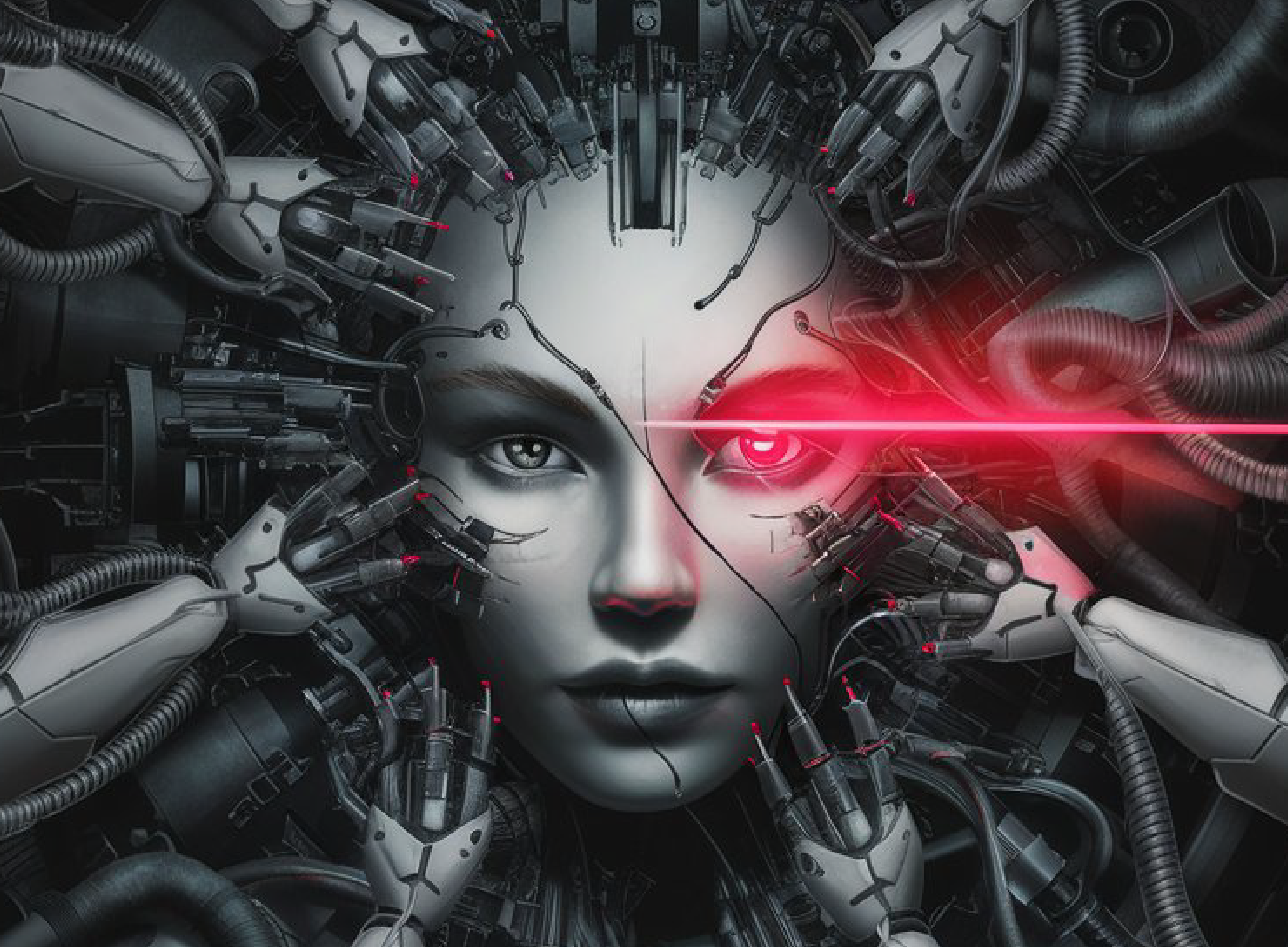
.jpg)
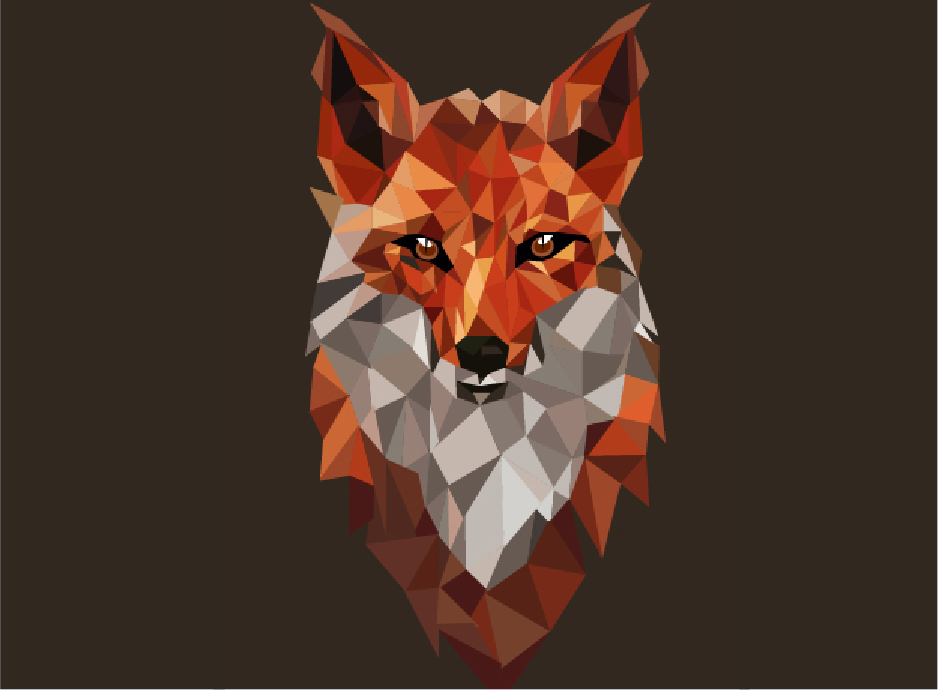
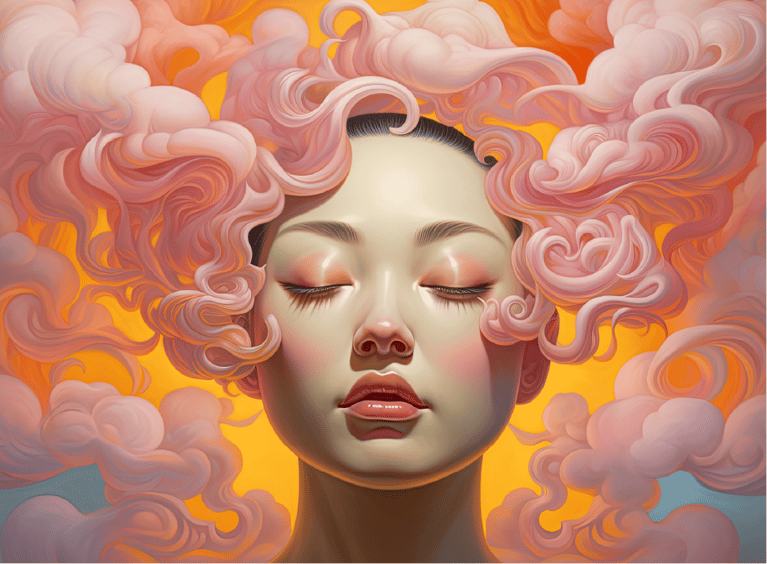
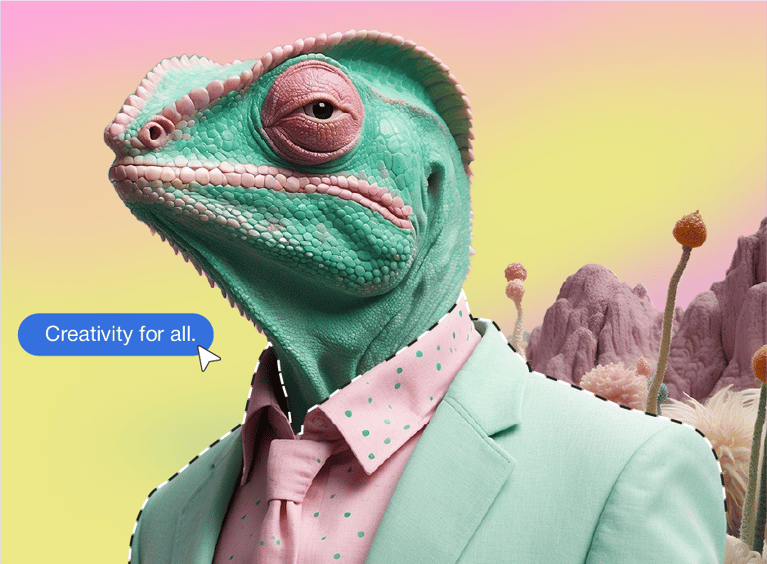
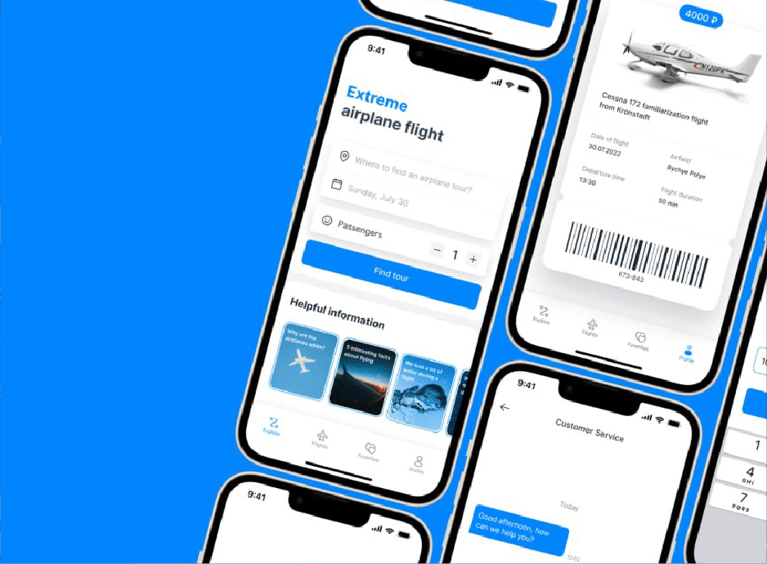
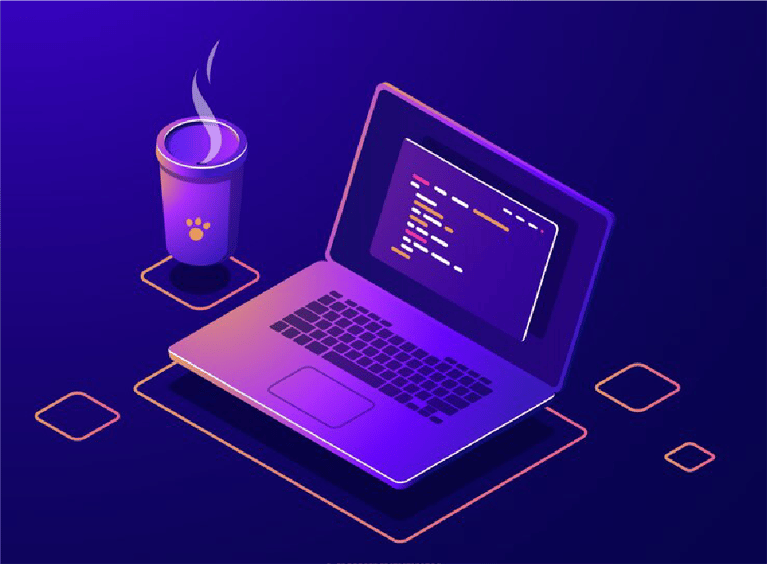
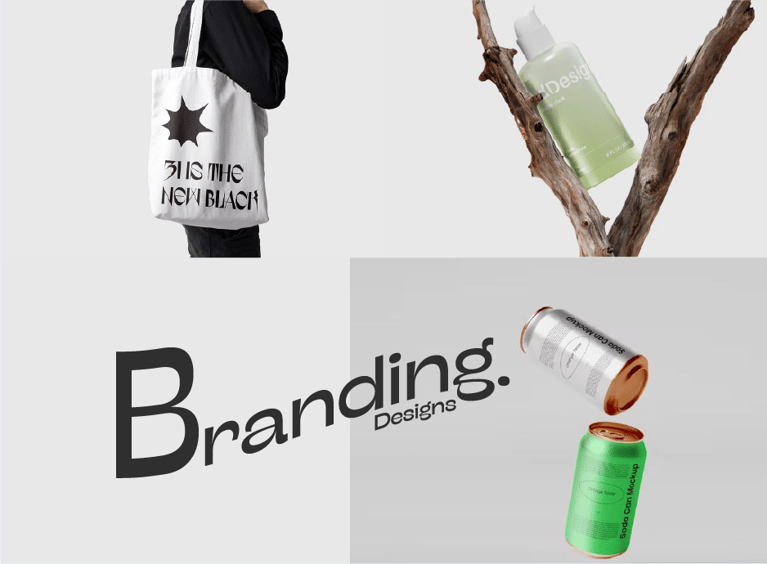
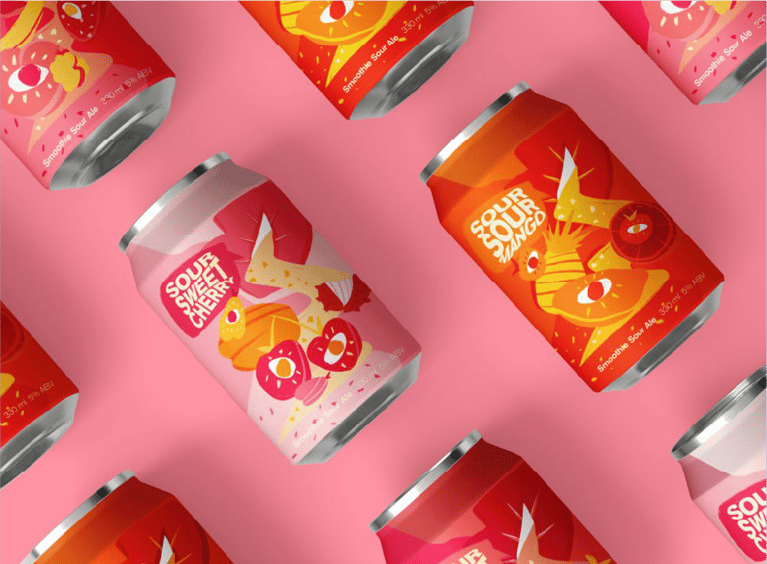
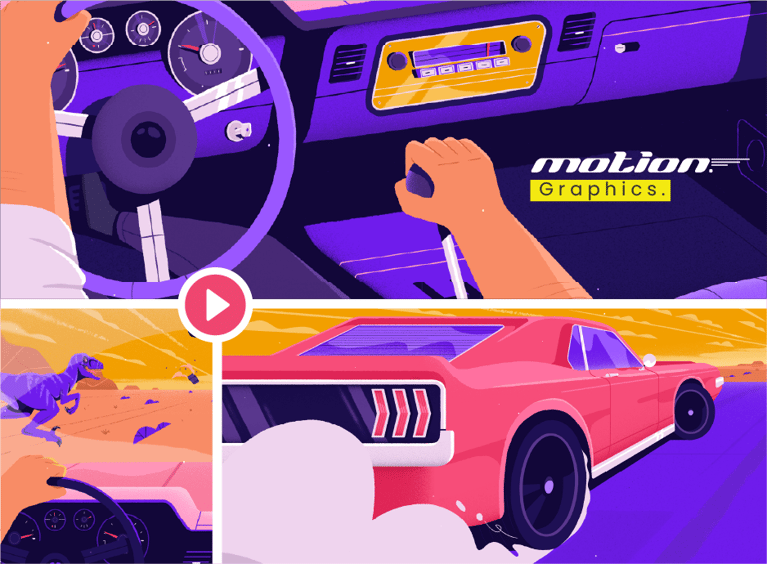
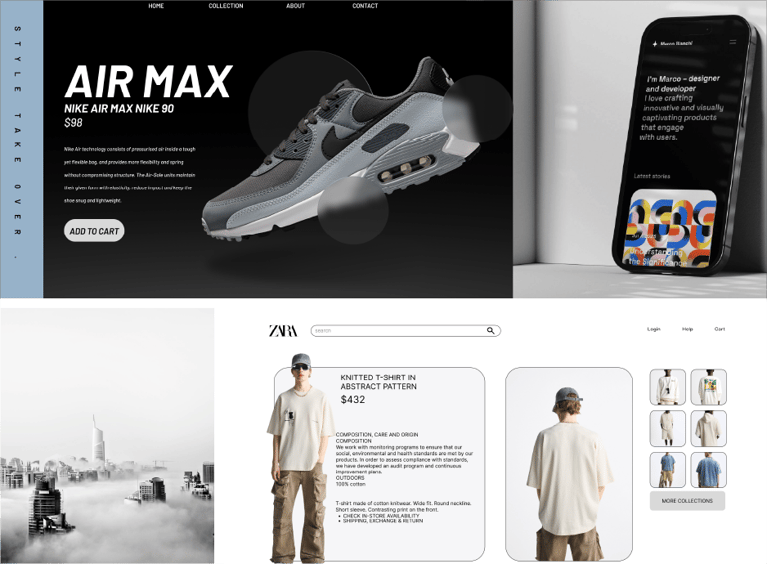
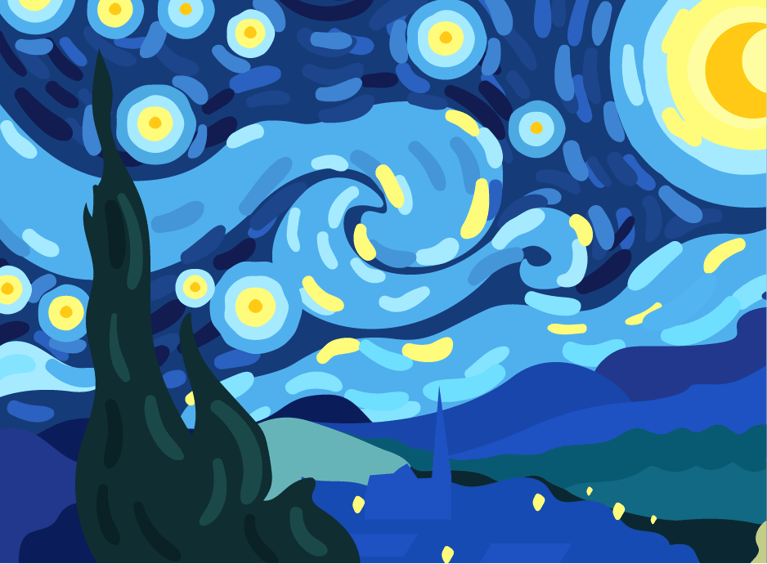
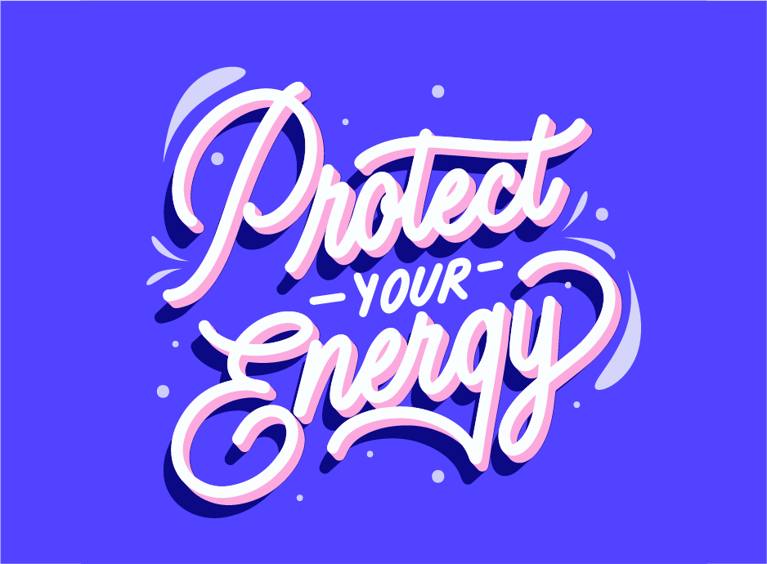
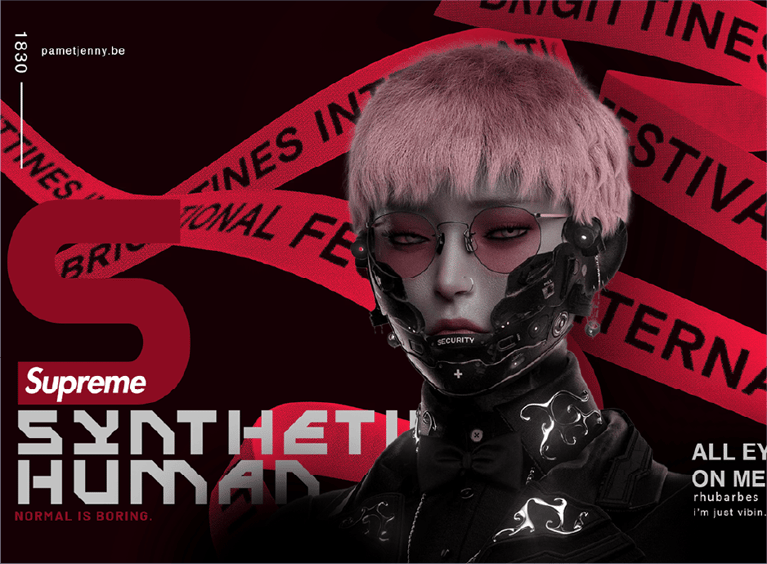
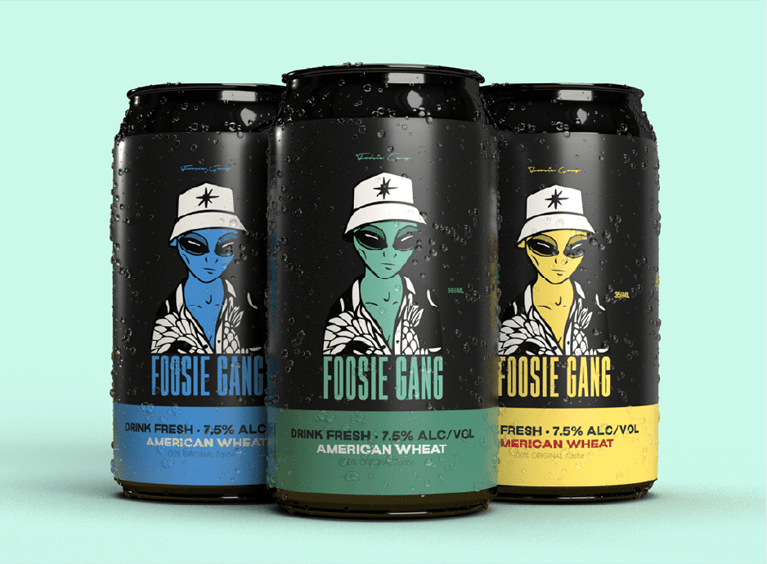
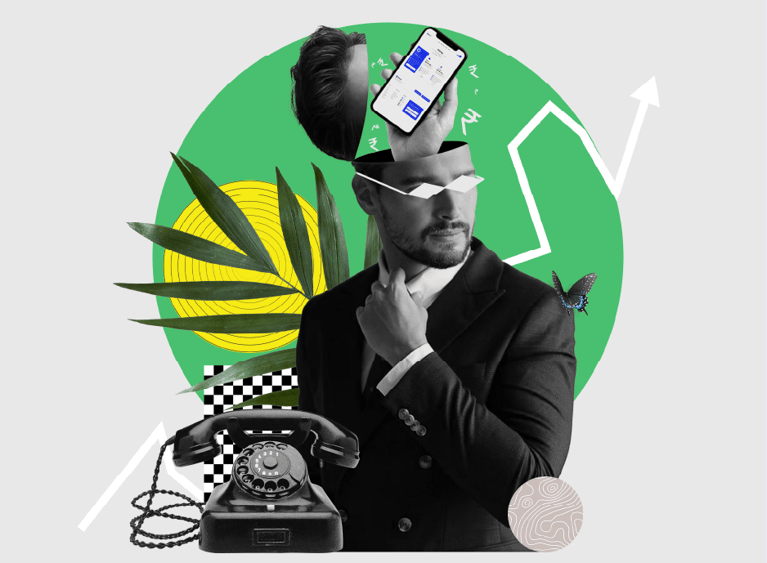
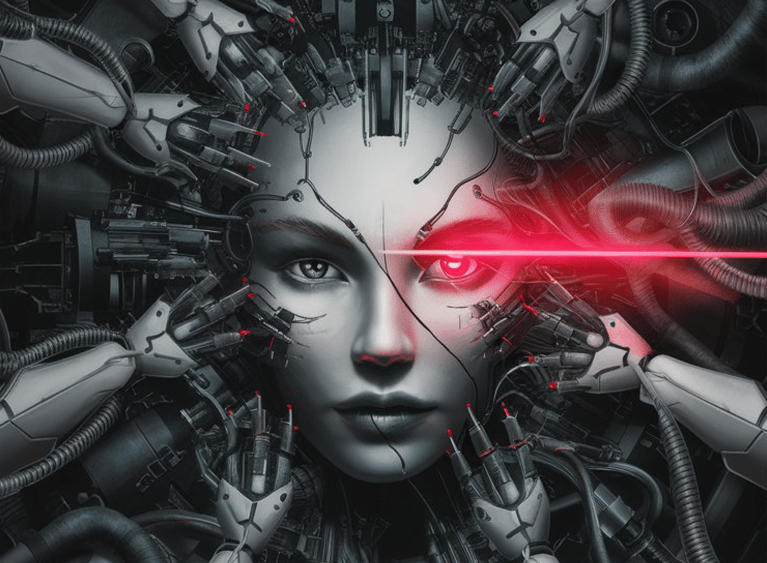
.jpg?width=767&name=movie%20poster%20%20(option%202).jpg)
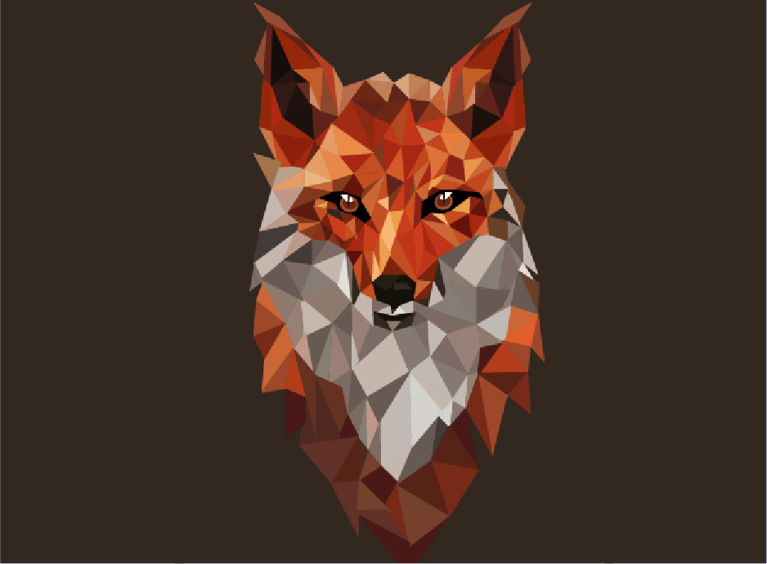
BOOK A FREE CONSULTATION